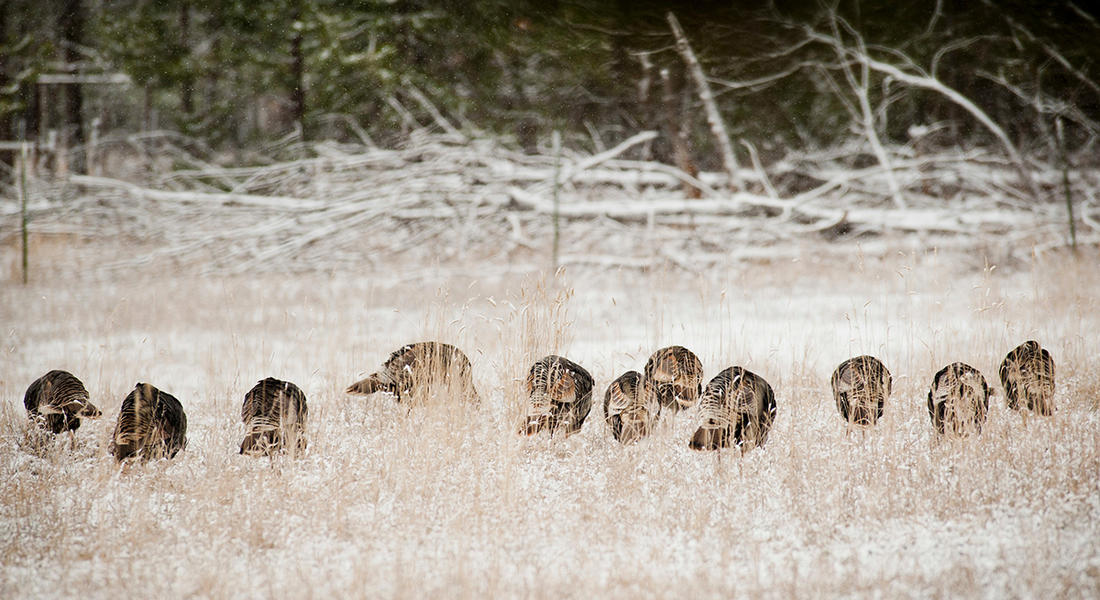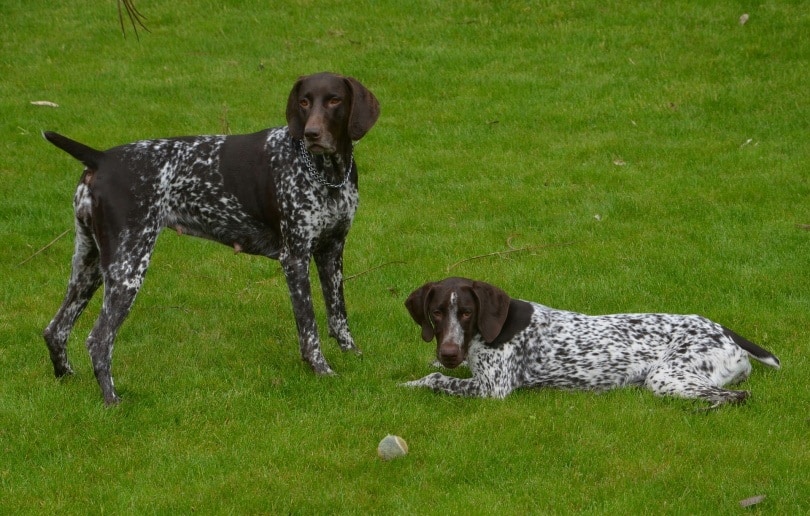
A target load can help you get more shots. They are more accurate and manufactured to higher standards. The average speed of a dove is 55 MPH. But, they can fly faster when there is a tailwind. To shoot a dove, a good lead is essential. However, you can use lighter loads to achieve this. To shoot a dove, you should remain motionless until it is within about 25 to 35 yards of your target. You can also shoot multiple times and use a lighter load.
Find a place where doves are currently feeding to start your hunt. You should look for doves in areas where they are often found, such a fields of wheat stubble or corn silage. You can also hunt near exposed banks and ponds. Check these fields out before hunting season starts to ensure they are feeding and active. So you can see when they are coming in, it is a good idea to set up close to where the birds fly. If you want to catch a few, you can use a motion wing decoy to lure them in. If you are looking for the best spots to hunt doves, contact your local game agency. They will tell you if there are any restrictions.
Once you've picked a spot to camp, observe the weather patterns. Watch out for cold fronts and rainstorms. Doves do not like cold weather and will stay away from shotguns that are too cold. To find out where doves can be hunted in your state, visit the Department of Natural Resources website. Once you have found a dove, it is time to move on and find more opportunities.

Set up multiple decoys in the same place if you're trying to shoot doves with one. It is important to be able to distinguish between a decoy and a live one. A decoy that looks like a bird might be a dead tree or fence that you have to jump over to get a closer look at it. If you can't tell the difference, use a decoy of a dove instead of a real one.
Doves migrate, and they need to be found in a good place. If you want to find doves in your area, look for a tree near their roost. Once you have found the location, you can place your hand near the tree to wait for them to come down. Then you'll be able to see the dove as it leaves and comes back again.
FAQ
Where can I buy a gun? What do I need?
Hunting certain species requires a gun.
Most states require hunters to own a firearm. It depends on what game you intend to hunt and where you live.
Any sporting goods store can sell you a rifle and shotgun, handgun, pistol, muzzleloader, crossbow or archery weapon.
It is important to choose a weapon which suits your needs. A.22 caliber pistol might be a good choice if you are looking to hunt small game like squirrels, rabbits and pheasants.
Consider purchasing a larger caliber gun if your goal is to hunt large game like deer, elk or bears.
It is important to feel at ease with a firearm before you buy it. Guns can be dangerous. It is a dangerous tool.
When buying a gun, make sure it has been inspected by a qualified gunsmith. Ask the seller for instructions on how to load and unload your gun.
Make sure to check the warranty. If there is no warranty, ask the dealer what kind of guarantee they offer.
Ask the dealer to provide you with a copy of their safety instructions. These documents should contain information about safe storage as well as maintenance.
Verify the serial number. If it begins with "NIB" or "New In Box," then the gun was manufactured brand new.
If the serial number begins with an odd number, the gun was previously owned.
Contact the manufacturer if you're unsure if the gun was used. They will be able to provide more information about the gun's history.
How much does hunting cost?
A hunting trip costs different depending on where you live and what kind of wildlife you want to hunt.
Generally speaking, the average price for a two-person hunting party ranges between $500-$1,000 per person. This includes lodging and food as well equipment, permits, fuel, and licenses.
Certain areas may have higher prices than other. Expect to pay more if hunting during peak seasons like the fall turkey season.
Which state has the largest number of deer-hunters?
Wyoming is the state with the highest number of deer hunters. It also sells the most hunting licenses annually.
South Dakota is the state with the most deer hunters. It is third for the total number of hunting licensaries sold each year.
New Hampshire is home to the most deer hunters. It is last in the country for hunting license sales per capita.
What is the U.S. Department of Agriculture's (USDA) estimation of deer hunting?
USDA estimates that 6.5 Million Americans hunt deer. Only about 2.2 Million actually shoot one.
This means that approximately 0.6 percent of hunters kill deer every year.
What should I know about hunting
To hunt successfully, you must understand how the animal moves, what its habits are, and how to avoid getting hurt.
It is vital to learn the laws governing hunting in your particular state. Some states allow certain types while others ban hunting altogether.
Other factors include terrain and weather conditions.
If you are considering this hobby, consider whether you prefer to hunt alone or with your friends.
Hunting is an enjoyable activity for many people. Because this helps you stay focused on your goal. You might miss your chance if you're all alone.
Hunting requires planning. Planning is essential to ensure you hunt in the right place.
You'll also need to prepare your firearms. You should also clean and test your weapons before you leave home.
Proper clothing is essential when hunting. Always dress appropriately for the weather.
It is important to ensure that you have enough food and water. Extra ammunition and supplies are also recommended for you in case of an emergency.
You should never leave anything unattended. It could be damaged or lost.
You should pick a safe area that is free from predators before you go hunting.
The government has set guidelines. These regulations protect both wildlife & humans.
What gun works best for hunting?
A.22 calibre rifle is the most effective weapon for hunting. Because it's lightweight and easy-to-carry, this rifle is the best choice for hunting. It also allows you to shoot accurately at long distances.
The best time to use this type of firearm is when you are not expecting an attack from a predator.
It is not a good idea to shoot at trees with ammunition. This would cause little harm. You should aim your gun at your prey.
A.30 caliber rifle can be used if you plan to hunt larger game such as deer and elk. However, it is heavier than a.22 rifle.
You will need to practice more to achieve the same level of accuracy with a 30-caliber rifle.
What are the benefits of hunting?
Hunting is a long-standing tradition that has been practiced in many cultures. It was used for food, clothing, shelter, tools, medicine, and other purposes. In modern times, people still hunt for sport, but also for food and recreation. Hunted meat is usually eaten right after it has been killed. Skin, fur, feathers and bones of hunted animals are often sold as trophies.
Hunting isn’t just about eating, it’s a way that you can live.
People who hunt have strong family ties and friendships because they spend time together. They share stories and experiences at campfires, and over meals.
Hunters enjoy nature and wildlife, which helps them appreciate life on Earth.
When they look after game animals, they are taught responsibility and respect.
Because they practice conservation, hunters become better citizens. They protect species and habitats. They are aware of how much land and water is needed to survive.
Hunters are an integral part of a group. Their families depend on them. They are there for each other. They support local companies.
Hunters give back to society as well. Many hunters donate money to charities that assist children, the elderly, and veterans, among other causes.
Hunters have the option to volunteer their time to help others in need. For example, they might work with the Humane Society or the Red Cross.
Statistics
- Thanks to the 1937 Pittman-Robertson Act, an 11% excise tax was placed on the sale of firearms, which were then used for conservation. (stacker.com)
- Licenses dropped from a peak of roughly 17 million in the 1980s to 15 million in 2019, according to The Seattle Times. (stacker.com)
- According to the Wildlife Restoration Act, passed in 1937, most of the state conservation efforts are funded through hunting and fishing license sales and firearms sales. (stacker.com)
- - Percent of residents with paid hunting licenses: 0.7%- (stacker.com)
External Links
How To
How to make a Deer Blind
A deerblind is a type hunting device used for hiding from game animals, such as deer, elk, and so on. It is usually made from wood or canvas and covered with branches or leaves. The hunter then hides within the enclosure, waiting for the animal to move by. A deer blind is often used when hunting at night.
You can find deer blinds in many sizes and shapes. Some are portable while others are permanent structures. They are often made from metal, plywood, cardboard, plastic, canvas or metal.
Box blinds are also known by the name box stands. These deer blinds consist of a wooden frame with a roof, walls and roof. They are easy to construct and move.
A tree stand can also be used as a deer blind. Tree stands are natural looking so that it is not obvious they exist. Most tree stands are permanently attached to trees.
Ground blinds, similar to tree-stands but built into the ground, are another option. Ground blinds can be camouflaged using grass, dirt or rocks. Ground blinds are sometimes referred to as "ground boxes."
There are many different ways you can hunt in a deer blind. You can wait for the animal's approach by sitting still. Moving around can be used to scare the animal off. This method can be used if you are unable to remain still and don't move much. This could lead to an animal believing you are a threat and running off.
If you want to use a deer blind, you'll first need to find a suitable spot. It is important to choose a location where the wind doesn't blow your scent towards the animal. Avoid hiking areas.
Finally, make sure you know how to properly set up the deer blind, because the last thing that you want to happen is for the animal to see you and run away.